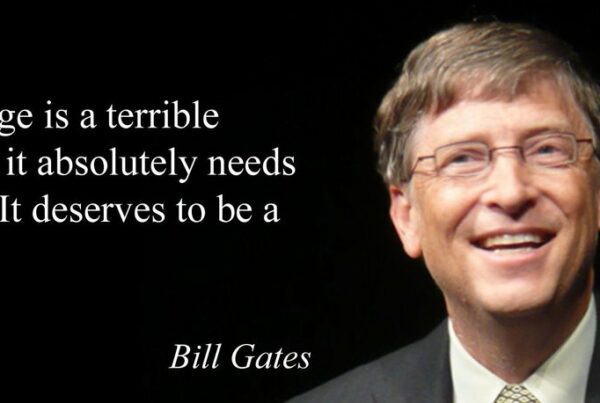Digital, social, and personal transformation has defined the growth and emergence through the global Covid chapter. While there is a myriad of reasons for these small and large-scale evolutions, the overarching quality to the initiatives is curiosity — a need to explore options, find scientific answers, develop new pathways, the list goes on.
In the book, The Curious Advantage, authors Paul Ashcroft, Simon Brown, and Garrick Jones examine the nature of curiosity and how to nurture it in organizations by building a curious culture. Here is a summary of key takeaways from their book that I find most topical in our shared here and now:
Curiosity is at the Heart of Achievement
“To wonder is just to keep it in your head. To be curious is fundamentally to engage in the world.”
The transformative effects of curiosity and learning impart practical, workable concepts that deliver longer-term results. In these volatile, uncertain, complex, and ambiguous (VUCA) times, organizations must nurture, develop, and ignite curiosity. “Curiosity leads us down strange pathways. It is vital to our survival,” writes the authors.
Curiosity lies at the heart of human achievement — it fuels collaboration, creativity, and innovation; fosters stronger relationships; encourages continuous, self-directed learning; enhances emotional intelligence, and makes leaders more inspirational and effective.
When new learning connects with prior knowledge, the brain retains it longer. To reinforce learning, wise coaches use curiosity to link new and existing concepts. “Conscious curiosity” means to seek new avenues of exploration while remaining open to ideas and experiences. Putting new knowledge or skills into practice and experimenting with them leads to more learning. In organizations, a willingness to diversify and connect generates a powerful network effect of shared knowledge and curiosity. 
Leadership & Creating a Culture of Curiosity
Leaders must recognize and reward curiosity and experimentation whether it succeeds or fails. Action-oriented learning includes “new approaches that integrate learning into work and life are key for delivering next-generation learning.”
To build a curious culture, leaders must make internal and external knowledge and information available while forging connections between people inside and outside the organization.
Committing to curiosity offers workers a lifeline as automation threatens their livelihoods. “Repetitive tasks will be done for us by bots and the human focus will be on the non-repetitive elements, the unusual, the creative, the personal, the discovery, and the innovative.”
Build a curious culture by encouraging the “7 Cs” – the crucial elements of curiosity:
- Context – Provides meaning and matters as much as any question or idea.
- Community – Interacting with other people leverages curiosity. People will steer the exploration, gauge progress, mentor, criticize, and help advance ideas — there is a myriad of ways that people can work together to further discovery and evolution.
- Curation – Focus is made possible by structuring selection. AI-based tools and technologies enable customizing content to individual needs and preferences.
- Creativity – People who spend more time exploring before focusing on tasks, formulate more innovative solutions. Idle time allows for an open mind idea flow.
- Construction – Tangible action helps exploration and learning transition to impactful implementation.
- Criticality – Curiosity needs critical thinking, otherwise, it is susceptible to bias and lies.
- Confidence – Maintain confidence in abilities by practicing them often. Incrementally challenge teams and individuals to experience, connect with others, and learn in safe-to-fail environments.
Curiosity is the fundamental quality at the heart of every innovation and advancement. Fostering curiosity within organizations through the “7 Cs” and treating it as a superpower, is to tap into and elevate the very best of your team’s transformative instincts.








